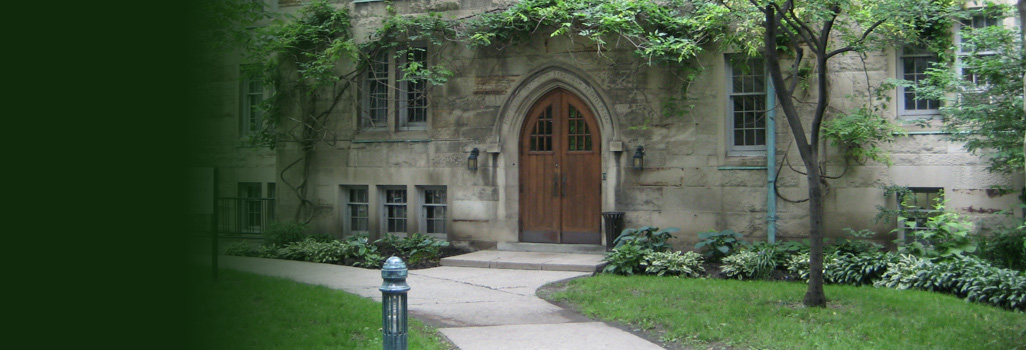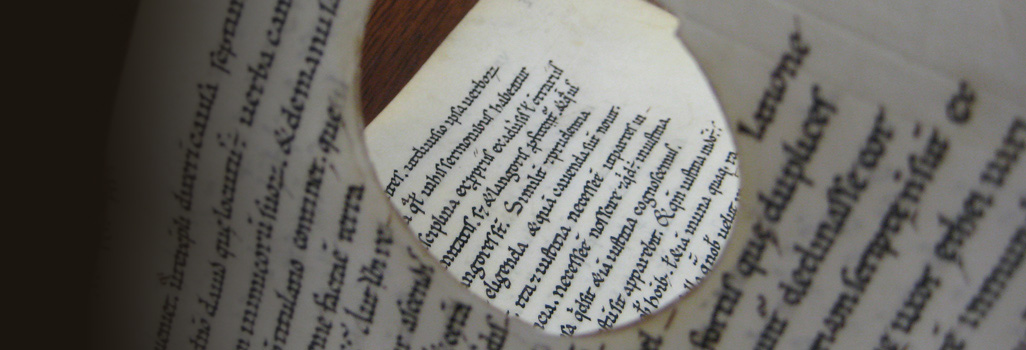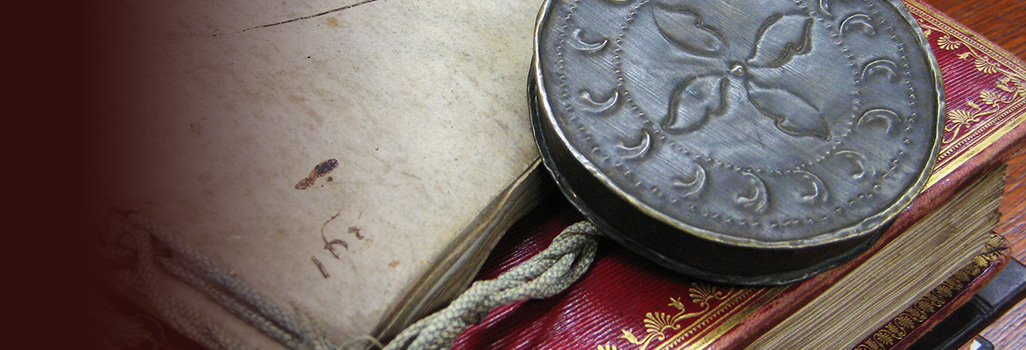Making (Theoretical) Sense of Philippe de Vitry’s Tuba/In arboris
Anna Zayaruznaya (Yale University)
The upper-voice texts of Philippe de Vitry’s Tuba/In arboris pit Faith and Reason against each other, depicting a cartoonish demise for Reason as a warning that only Faith will lead to eternal life or to any real kind of understanding. That an “isorhythmic” motet—that ostensibly most rational of genres—should present an argument about the fallibility of ratio may come as something of a surprise, as may the fact that the well-educated Vitry would declare Reason to be powerless. But the motet’s structure and notation have their own stance vis-à-vis Reason, using red notes in a way that—it will be argued—was unprecedented at the time, and indeed went against the internal logic of the notational system. Yet by the time Tuba/In arbois came to be cited in the ars nova complex of treatises, it was to exemplify a normative notational practice. The motet and the theoretical discourse around it serve as a fruitful case-study about the ways in which works that push against the boundaries are integrated into a theoretical discourse that expands to make room for them while attempting to remain rational.
Anna Zayaruznaya received her Ph.D. in historical musicology from Harvard University in 2010. She taught at New York University (2010–2011) and Princeton University (2011–2013) before coming to Yale in 2014. Bringing the history of musical forms and notation into dialogue with medieval literature, iconography, and the history of ideas, Zayaruznaya’s recent publications have focused on French and northern Italian music of the fourteenth and fifteenth centuries. Her first book, The Monstrous New Art: Divided Forms in the Late Medieval Motet, explores the role of monstrous and hybrid exempla in the musical aesthetics of fourteenth-century French motets. A second book currently in progress will focus on poet, composer, and public intellectual Philippe de Vitry (1291–1361). Zayaruznaya has published articles and reviews in venues including the Journal of the American Musicological Society, the Journal of Musicology, Early Music History, Digital Philology, and Speculum, and has served on advisory and editorial boards for the Journal of Musicology and Music Theory Spectrum. In 2011 she was awarded the Van Courtlandt Elliott Prize from the Medieval Academy of America for her article “She has a Wheel that Turns…’: Crossed and Contradictory Voices in Machaut’s Motets” (Early Music History, 2009). Zayaruznaya has also received awards and fellowships from the American Musicological Society, the Institute of Advanced Study at Princeton University, and the Radcliffe Institute of Advanced Studies at Harvard University, where she spent the academic year 2013–14 as a fellow.
The event will be followed by a casual reception of wine, non-alcoholic drinks and snacks.


